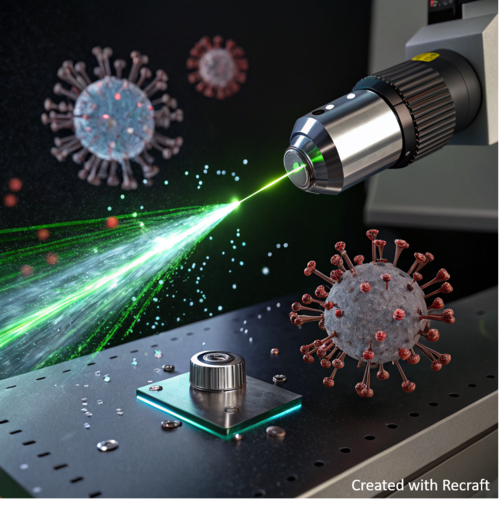How Light Interacts with Organic Particles
What happens when light encounters tiny organic aerosol particles – those volatile constituents that shape, influence, and transform our atmosphere?
This question is at the heart of a new study by Dr. Johannes Passig and colleagues, recently published in the renowned journal Atmospheric Measurement Techniques, with contributions from the Department LL&M and the Collaborative Research Centre LiMatI (project section S06):
„Characterization of secondary organic aerosol particles using single-particle mass spectrometry and laser-induced fluorescence“
AMT, 18, 2425–2444, 2025 | DOI: 10.5194/amt-18-2425-2025
By combining single-particle mass spectrometry with laser-induced fluorescence, the authors unravel the composition and optical behavior of secondary organic aerosols – a key step toward improved climate-relevant modeling and the advancement of photonic measurement technologies.
The work compellingly demonstrates how light–matter interactions at the molecular level can be made visible, bridging the fields of atmospheric chemistry, physics, and optical diagnostics.

